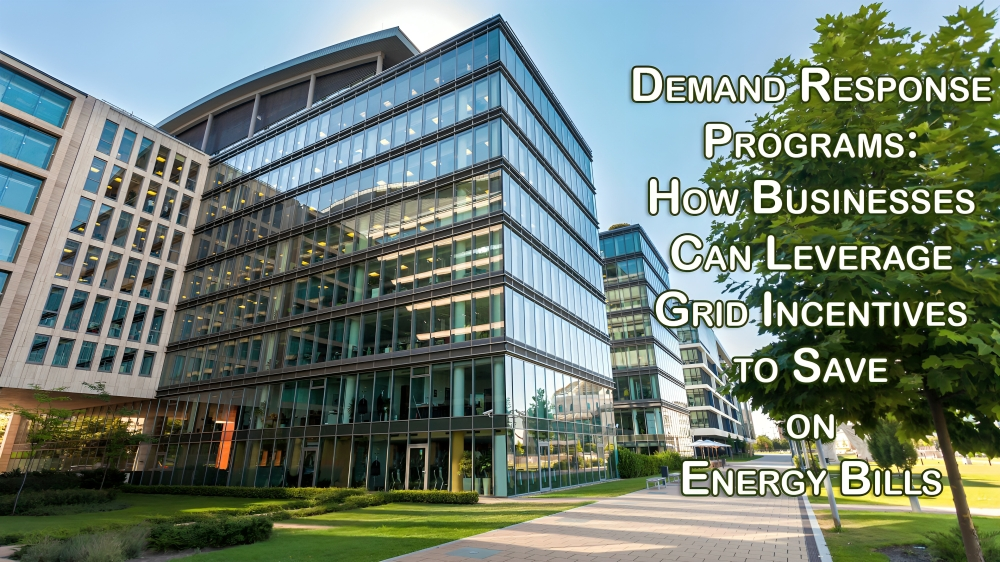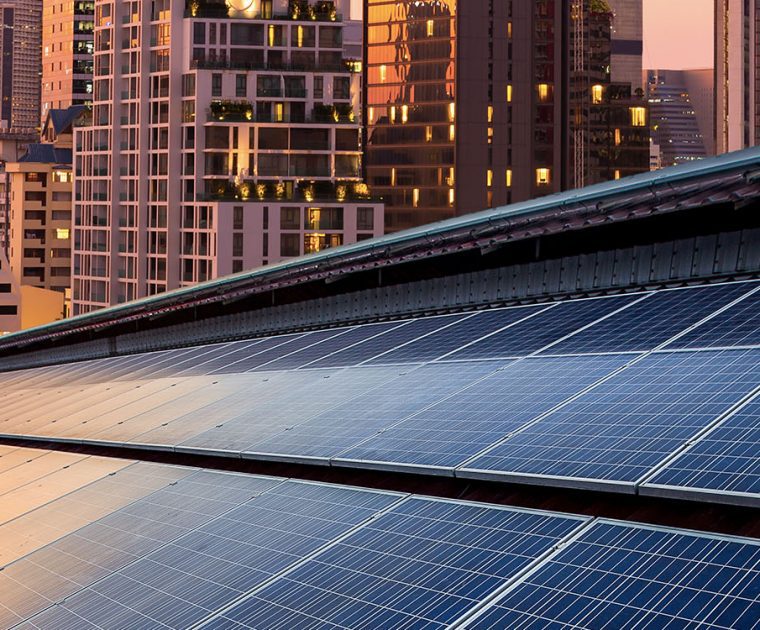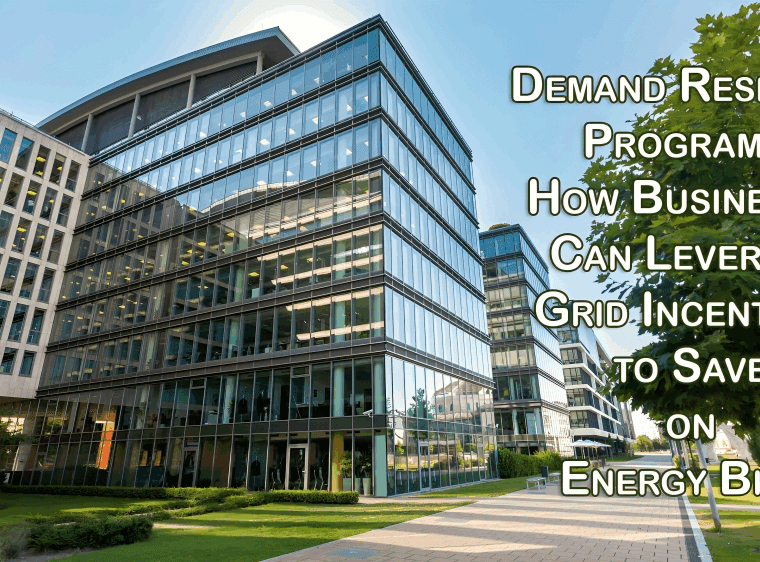Have you ever watched your energy bill spike during a heatwave and wondered if there was a smarter way? Demand response programs can turn that frustration into opportunity, rewarding you for shifting or reducing usage when the grid needs it most.
What Are Demand Response Programs?
Demand response programs are agreements between businesses and utilities. When electricity demand peaks, you agree to reduce consumption or shift it to off-peak hours. In return, you earn incentives or bill credits.
Types of Programs
- Time-Based Rates: Peak and off-peak pricing encourage you to run heavy equipment during cheaper hours.
- Incentive Payments: Get paid for each kilowatt-hour you curtail during a call event.
- Automated Signal–Based: Smart systems respond automatically, cutting loads when the grid sends a signal.
Why Your Business Should Care
Immediate Cost Savings
Every kilowatt-hour you dial down during a peak event translates to real dollars. Imagine trimming your bill by 5–10% without sacrificing productivity.
Enhanced Grid Stability
By participating, you support a more resilient grid and reduce reliance on peaker plants, an essential step toward low carbon technology and a cleaner future.
Strategic Energy Management
Combining demand response programs with renewable resources like solar energy or solar panels amplifies your savings. During a call event, you can lean on your solar systems or a portable power station with solar panel to keep critical operations humming.
Real-Life Success Story
Last summer, a mid‑sized data center in Arizona joined a demand response program. On a sweltering July afternoon, their system automatically dimmed non-essential lighting and adjusted HVAC setpoints by two degrees. They earned a $2,500 incentive, and their customers never noticed a thing. That’s the power of smart energy strategies.
How to Get Started
- Assess Your Load Profile
Work with a green energy company to analyze consumption patterns. Identify flexible loads, like HVAC, compressors, or non-critical lighting, that can be curtailed. - Choose the Right Program
Compare utility offerings. Some programs reward curtailable loads, while others provide time-of-use pricing incentives. - Implement Automated Controls
Integrate your Building Management System (BMS) or install smart controllers. Automated demand response reduces human error and ensures a fast response. - Monitor and Optimize
Track your performance. Combine demand response programs with renewable energy consulting services to refine your strategy.
Ready to dive in? Explore our Energy Procurement Services or learn more about Solar EPC Services to build a holistic energy approach.
Integrating with Alternative Energy
Pairing demand response programs with alternative energy assets magnifies benefits:
- Backup with solar panels for home or commercial arrays when curtailing loads.
- Use a solar fan or solar air conditioner to maintain comfort without drawing grid power.
- Keep operations running with portable solar panels for camping during short-term events.
This blend of grid incentives and solar energy clean energy solutions drives deeper savings and enhances sustainability.
Tips for Maximizing Incentives
- Stack Programs: Participate in both demand response and Time-of-Use rates for dual savings.
- Leverage Rebates: Some utilities offer rebates for installing automation hardware.
- Review Regularly: Energy markets evolve, stay informed on new incentives and grid programs.
Conclusion
Demand response programs offer a win-win: you save money and support a cleaner grid. By combining these programs with solar energy, renewable resources, and low carbon technology, your business becomes a leader in modern energy management. Let’s work together to transform peaks into profits. Contact EnergyWare today and start leveraging grid incentives for real savings!










